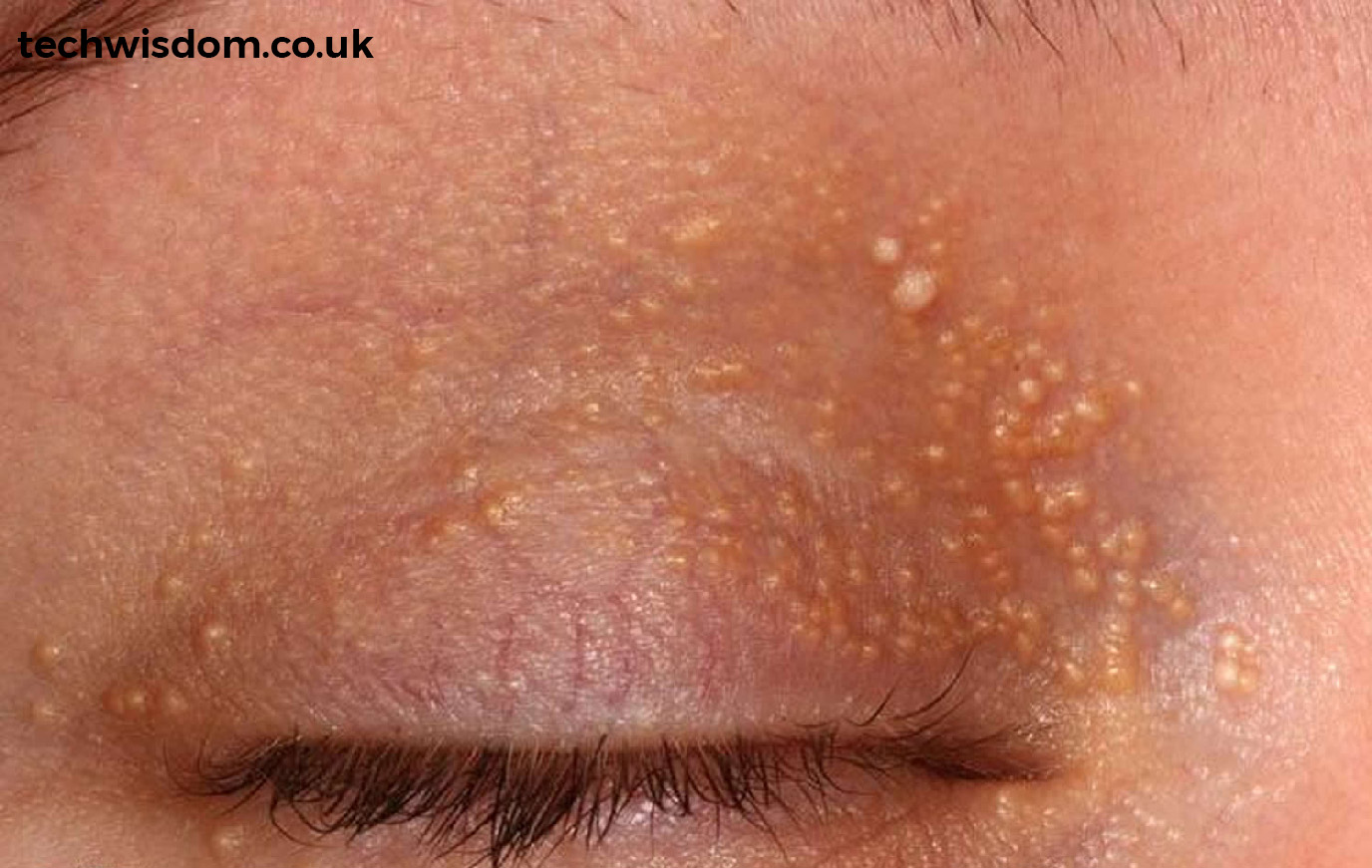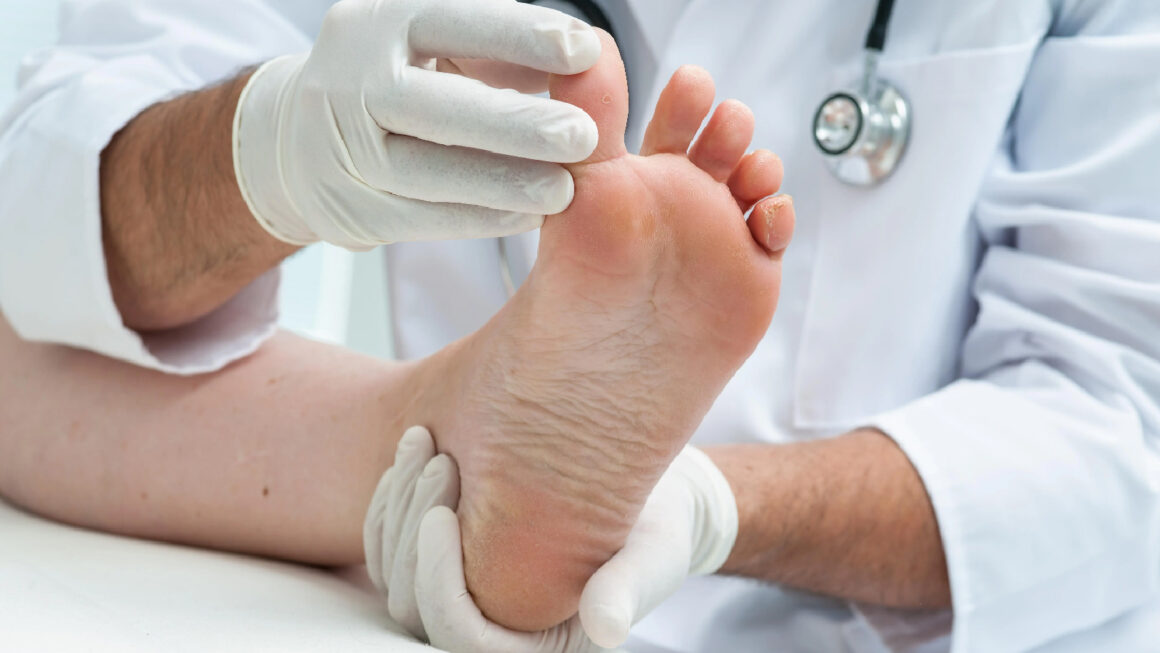Milialar, commonly known as milia or milk spots, presents a unique dermatological puzzle that intrigues medical professionals and those it affects. Characterized by small, benign cysts with a pearl-like appearance, these skin anomalies are more than a cosmetic concern for some. They embody a complex interplay of dermatological processes, environmental factors, and genetic predispositions. This comprehensive guide aims to unravel the mysteries of milialar, shedding light on its causes, identifying its various types, and exploring effective treatments and preventive measures.
What Is Milialar?

Milialar is a dermatological condition that develops when sweat ducts are blocked, and perspiration is trapped under the skin. This blockage leads to inflammation and rash that is often accompanied by sensations of itching or prickling. While it is predominantly seen during the warmer months or in tropical climates, it can affect individuals in overcrowded or heated environments at any time of the year.
Causes of Milialar
Excessive Sweating
The primary contributor to milialar is excessive sweating, especially when it is not evaporated from the skin due to humid weather or restrictive clothing. This excess sweat can lead to clogged sweat glands, forming a rash.
Immature Sweat Ducts
Newborns are particularly prone to milialar because their sweat ducts have not yet fully developed. Premature babies are at a higher risk due to their more delicate skin and underdeveloped sweat ducts.
Physical Activity
Engaging in intense physical activity can provoke profuse sweating, which increases the likelihood of developing miliarlar, particularly for those wearing non-breathable sports attire.
Prolonged Bed Rest
Individuals confined to bed for extended periods, such as patients recovering from surgery, may develop milialar simply due to prolonged unevaporated sweat in contact with bedsheets and clothing.
Types of Milialar
Milia can be classified into several types based on the depth of the blocked sweat ducts. Understanding these types is essential for correctly identifying the condition and choosing the most suitable treatment method.
Milia Crystallina
The mildest form of milialar, milia crystallina, occurs in the top layer of the skin, the stratum corneum. It appears as transparent, fluid-filled blisters that do not typically cause pain or itching and often resolve without intervention.
Milia Rubra
Milia rubra, or prickly heat, arises deeper in the epidermis and is characterized by red, itchy bumps. This type can cause a prickly or burning sensation and become more severe if not treated appropriately.
Milia Profunda
A less common but more severe form, milia profunda, affects the dermis layer. It results in more prominent, firmer bumps that resemble goosebumps and may lead to a higher risk of heat exhaustion due to impaired sweat secretion.
Symptoms of Milia
Recognizing the symptoms of milia can help in early detection and management. Signs vary depending on the type of milia but typically include:
- Small, precise, or red bumps on the skin
- Blisters or vesicles filled with fluid
- Itching or a prickly sensation
- Redness and inflammation in the affected area
- Little to no sweating in the affected area
Effective Treatments for Milia
Keeping Cool
Keeping the body cool is the most effective way to prevent and treat milia. Utilizing fans and air conditioning and avoiding hot environments can help reduce sweating and allow the rash to subside.
Loose-Fitting Clothing
Wearing loose, lightweight, and breathable clothing can prevent sweat accumulation and reduce skin friction, exacerbating the condition.
Topical Treatments
Calamine lotion and other topical treatments can relieve itching and help soothe the inflamed skin. Ointments containing anhydrous lanolin may also prevent duct blockage and promote healing.
Staying Hydrated
Drinking plenty of fluids, especially water, helps regulate body temperature and reduces the chance of excessive sweating. Hydration is crucial for maintaining overall skin health and aids in recovery from milia.
Avoiding Irritants
Steering clear of harsh soaps, detergents, and skincare products that may irritate the skin can help prevent the worsening of milia. Opting for mild, fragrance-free products is advisable until the rash heals.
Medical Interventions
For severe cases of milia, medical treatments may be necessary. Topical steroids can reduce inflammation for milia rubra or profunda. A healthcare provider may prescribe antibiotics or antifungal medications if an infection is suspected.
When to Seek Medical Help
Most cases of milia resolve on their own with proper self-care. However, it is essential to consult a healthcare provider if:
- The rash does not improve after a few days of home treatment
- Symptoms worsen, or the rash spreads
- You notice signs of infection, such as increased pain, swelling, redness, or warmth around the affected area, or if you develop a fever
Conclusion
Understanding the causes, symptoms, and effective remedies for miliaria (milia) is the first step toward successful treatment and prevention. By staying calm, wearing appropriate clothing, practicing good skincare, and staying hydrated, it is possible to manage this condition effectively. Do not hesitate to seek medical advice if complications arise, ensuring that heat rash doesn’t damage your comfort and well-being.











